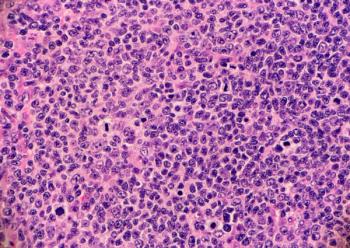
Rethinking Site Selection and Oversight Amid Complex Protocols
Gain insight into why sponsors are taking a larger role in site selection and CRO oversight using robust data to validate feasibility before launch.
In a recent video interview with Applied Clinical Trials, Matt Holms, vice president of sales at Citeline, discussed the persistent barriers slowing patient recruitment and how technology and data-driven strategies can help modernize clinical trial operations. He outlined factors such as site performance variability, investigator scarcity, and protocol complexity as key contributors to trial delays, emphasizing the need for more realistic protocol design informed by real-world data. Holms explained how AI and tokenization can strengthen patient–protocol matching, streamline feasibility, and support responsible data use. He also highlighted the importance of therapeutic area–specific recruitment approaches, sponsor-led site selection oversight, and engagement with non-research healthcare providers to expand patient access—calling for greater industry collaboration to create a more efficient and equitable recruitment ecosystem.
The below interview transcript was lightly edited for clarity.
ACT: At this year’s SCRS Summit, several site representatives raised concerns about overly complex protocols and patient burden. How are sponsors responding to these challenges, particularly when it comes to site selection and the balance between CRO involvement and internal oversight?
Holms: Yeah, and I think some of the trends I’m seeing are that a lot more sponsors want to have more agency on that site selection piece. You’ve always seen in the industry a pendulum swing—going from fully outsourcing to CROs, to doing more of an FSP model and managing this in-house.
I think CROs certainly play a critical role, especially with smaller and mid-sized companies. But from a sponsor perspective, there’s always a degree of caution. Is the CRO being more biased to recommend sites and locations where they have better relationships, better infrastructure?
When recruitment doesn’t go well, the CRO is recommending adding sites when those sites weren’t even in the initial selection. So you’re definitely seeing a trend where sponsors—even if they do require hiring a CRO for a big program, say a big Phase III pivotal—are starting to come to data companies like Citeline that have an incredibly strong reputation in the industry for data, which is now being layered with real-world data as well, to have better insight.
Not only if they want to do more of that selection on their own, but also to have better oversight when they’re selecting their CRO. It’s playing such a critical role from the beginning of the process—and we have to ask, are we shooting ourselves in the foot by going with a protocol that could be for patients that don’t even exist?
Newsletter
Stay current in clinical research with Applied Clinical Trials, providing expert insights, regulatory updates, and practical strategies for successful clinical trial design and execution.




